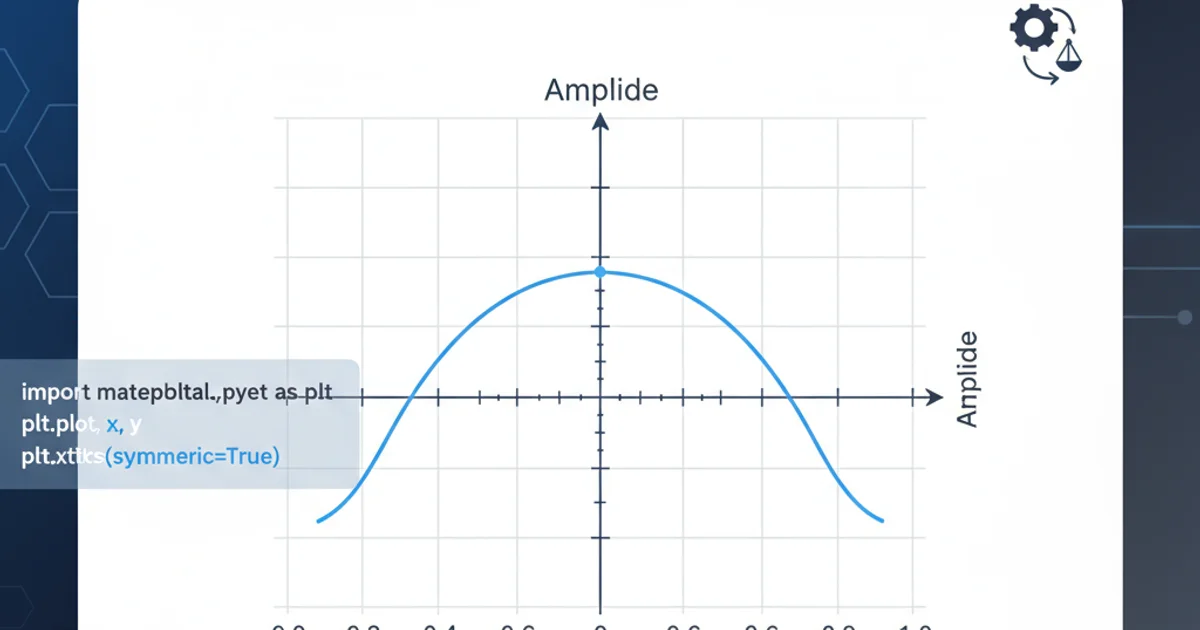Using getline() with file input in C++
Categories:
Mastering File Input with getline() in C++

Learn how to effectively read lines from files in C++ using the getline() function, covering various scenarios and best practices for robust file handling.
Reading data from files is a fundamental operation in many C++ applications. When dealing with text files, especially those where lines can contain spaces or varying lengths, the std::cin >> operator falls short. This is where std::getline() becomes indispensable. This article will guide you through using getline() with file input streams (std::ifstream), demonstrating its power and flexibility for robust file processing.
Basic File Reading with getline()
The most common use case for getline() with files involves reading an entire line until a newline character is encountered. This is particularly useful for processing log files, configuration files, or any text data where each line represents a distinct record or piece of information. To do this, you'll need to include the <fstream> header for file stream operations and <string> for string manipulation.
#include <iostream>
#include <fstream>
#include <string>
int main() {
std::ifstream inputFile("example.txt"); // Open the file
if (!inputFile.is_open()) {
std::cerr << "Error opening file!" << std::endl;
return 1;
}
std::string line;
while (std::getline(inputFile, line)) { // Read line by line
std::cout << "Read: " << line << std::endl;
}
inputFile.close(); // Close the file
return 0;
}
Basic usage of getline() to read a file line by line.
!inputFile.is_open() or inputFile.fail() before attempting to read from it. This prevents runtime errors if the file doesn't exist or permissions are incorrect.Understanding the getline() Process
The std::getline() function takes two primary arguments: an input stream object (like std::ifstream or std::cin) and a std::string object where the read line will be stored. It reads characters from the input stream until it encounters a delimiter character (by default, the newline character \n) or the end-of-file (EOF). The delimiter character itself is extracted from the stream but is not stored in the string. The function returns a reference to the input stream, which can be implicitly converted to a boolean value, making it perfect for use in while loop conditions.
flowchart TD
A[Start] --> B{Open File "example.txt"};
B --> C{Is file open successfully?};
C -- No --> D[Error: Cannot open file];
C -- Yes --> E[Initialize std::string line];
E --> F{Call std::getline(inputFile, line)};
F -- Success (line read) --> G[Process 'line' content];
G --> F;
F -- Failure (EOF or error) --> H[Close inputFile];
H --> I[End];Flowchart illustrating the process of reading a file using getline().
Custom Delimiters and Error Handling
Beyond the default newline delimiter, getline() can also accept a third argument: a custom delimiter character. This is incredibly useful when parsing structured files where fields are separated by characters other than newlines, such as commas (CSV files) or tabs. Additionally, understanding how getline() handles errors and EOF is crucial for robust applications.
#include <iostream>
#include <fstream>
#include <string>
#include <vector>
int main() {
std::ifstream inputFile("data.csv");
if (!inputFile.is_open()) {
std::cerr << "Error opening data.csv!" << std::endl;
return 1;
}
std::string segment;
std::string line;
while (std::getline(inputFile, line)) { // Read each full line first
std::cout << "Processing line: " << line << std::endl;
std::stringstream ss(line); // Use stringstream to parse the line
std::vector<std::string> fields;
while (std::getline(ss, segment, ',')) { // Use ',' as delimiter
fields.push_back(segment);
}
// Print parsed fields for this line
for (const auto& field : fields) {
std::cout << " Field: " << field << std::endl;
}
}
if (inputFile.bad()) {
std::cerr << "Error during file read!" << std::endl;
}
inputFile.close();
return 0;
}
Using getline() with a custom delimiter (comma) for parsing CSV data.
getline() fails (e.g., due to EOF or an error), the stream's error flags are set. You can check these flags using inputFile.eof(), inputFile.fail(), or inputFile.bad(). It's good practice to clear these flags with inputFile.clear() if you intend to perform further operations on the stream after an error.